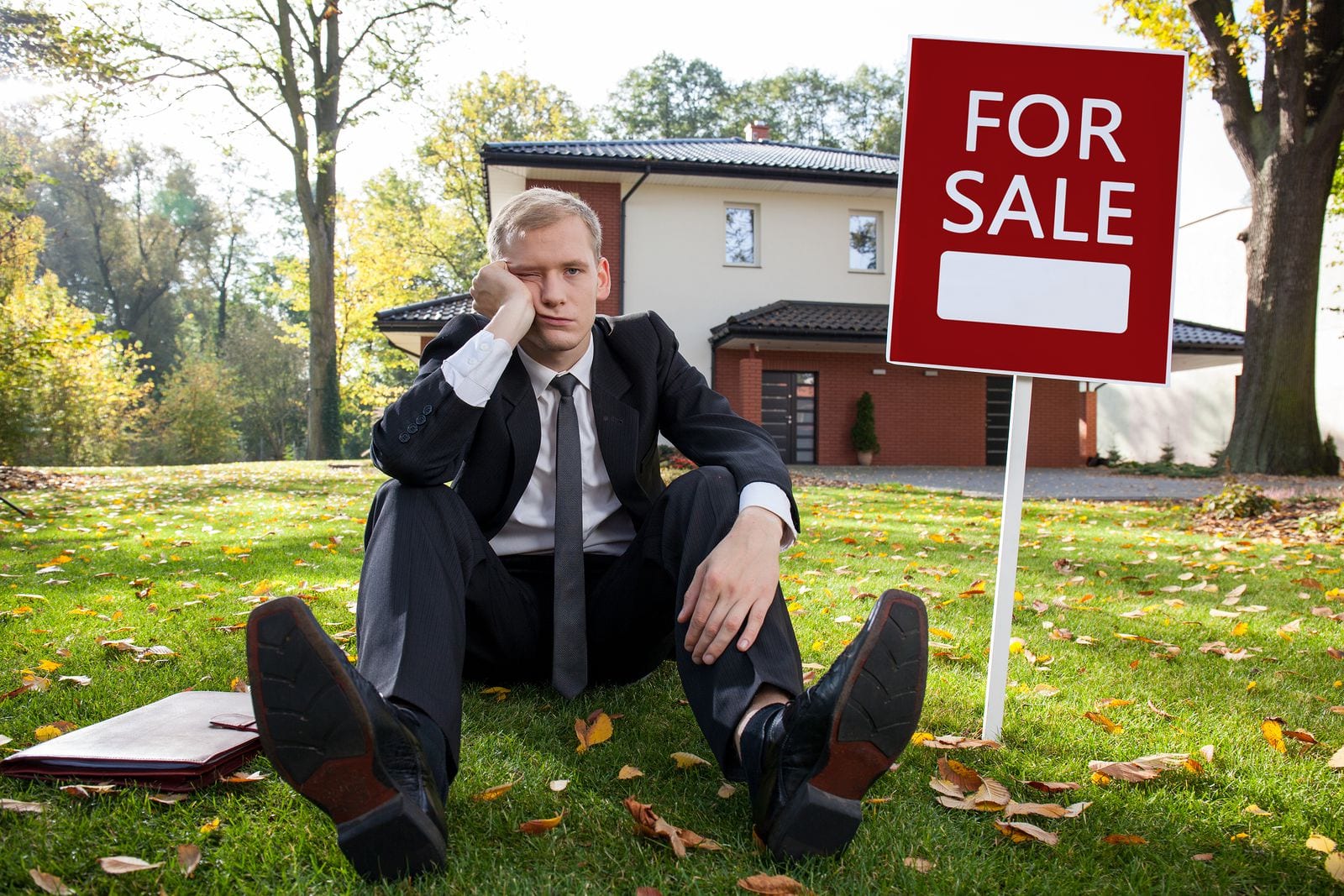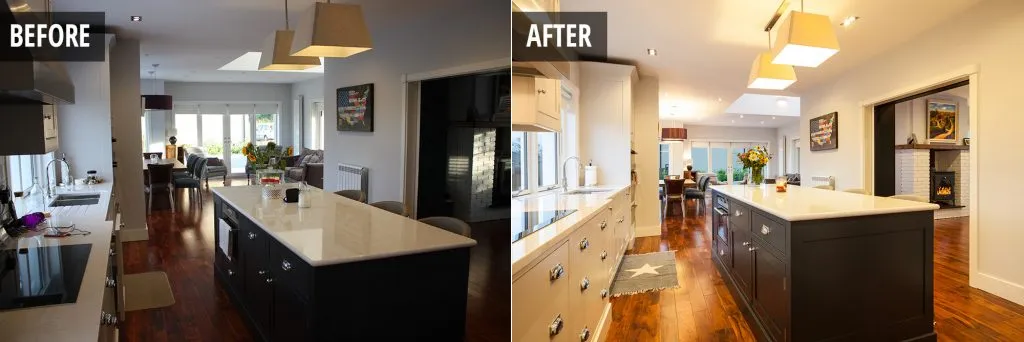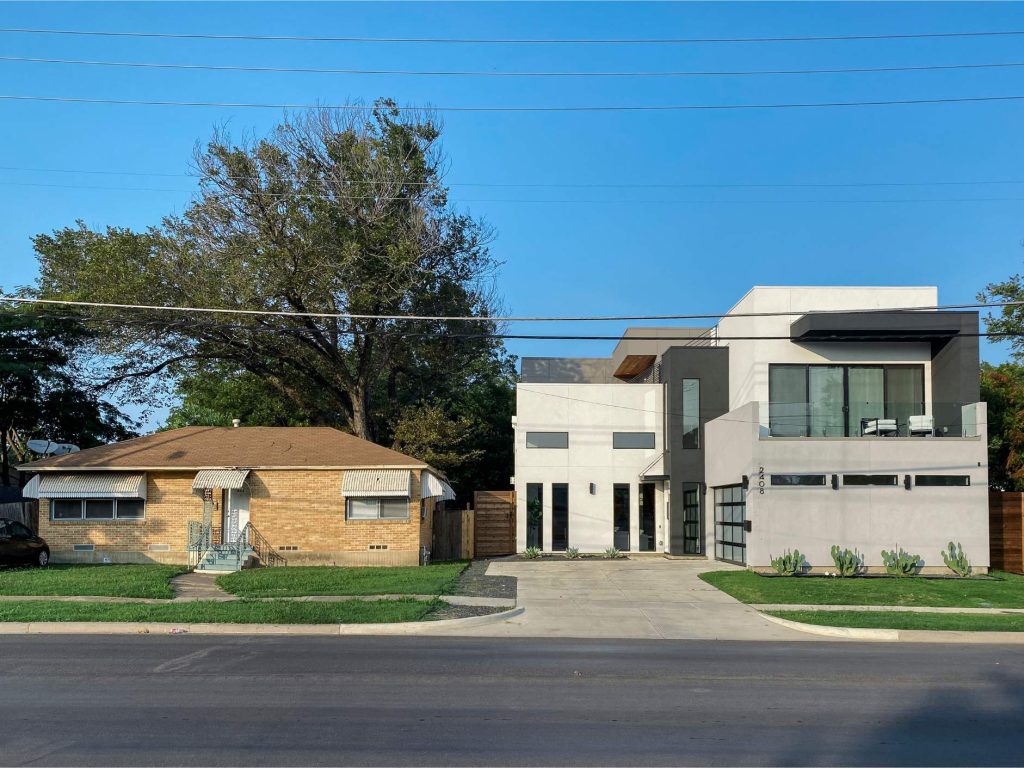
13 Sep Home Not Selling? Do This Instead
Why Your Home Isn’t Selling and What to Do About It:
Troubleshooting Reasons for Unsold Listings
Selling a home can be a stressful experience, especially when it lingers on the market longer than expected. In a real estate market where some homes fly off the shelves, a listing that stagnates can cause frustration and anxiety. If your home isn’t selling, there’s likely a reason—or several reasons—why buyers are passing on your property. Fortunately, most issues can be addressed with some adjustments. Let’s dive into the most common reasons your home might not be selling and what you can do to turn the situation around.
1. Your Price is Too High
There is an old saying in real estate… “There is no bad real estate, only a bad price.” One of the most common reasons a home doesn’t sell is that it’s priced too high for the market. Pricing your home competitively is critical, and an overpriced home will likely be ignored by potential buyers, even if it has desirable features. Overpricing can also lead to your home sitting on the market for too long, causing buyers to wonder if there’s something wrong with the property.
How to Fix It:
- Reevaluate Market Comparables (Comps): Work with your real estate agent to analyze recent sales in your neighborhood. Look at homes with similar size, condition, and features. Pricing based on comparable properties (comps) will help set a more realistic price.
- Consider a Price Reduction: If your home has been on the market for several weeks without serious interest, a price reduction might be necessary. Buyers are always looking for value, and even a modest reduction can generate new interest.
2. Your Home Lacks Curb Appeal
First impressions matter in real estate, and curb appeal plays a big role in whether buyers want to see more of your home. If your home looks uninviting or poorly maintained from the outside, buyers may decide to skip your listing altogether, regardless of what’s inside.
How to Fix It:
- Enhance Landscaping: Simple updates like trimming hedges, planting flowers, and keeping the lawn well-manicured can make a big difference.
- Update the Front Door: A fresh coat of paint on the front door or replacing it with a more modern option can give your home a welcoming feel.
- Clean and Repair the Exterior: Power wash siding, repaint where necessary, and ensure any visible damage to the roof, gutters, or windows is fixed.
3. Your Listing Photos Don’t Do Your Home Justice

In today’s digital age, online listings are often the first point of contact between buyers and your home. If your listing photos are low-quality, poorly lit, or don’t showcase your home’s best features, potential buyers might skip over your listing. Remember, photos are the first impression buyers get before deciding whether to visit in person.
How to Fix It:
- Hire a Professional Photographer: A professional real estate photographer knows how to capture the best angles and lighting to make your home look its best. They understand how to showcase your home’s most appealing features and make it stand out.
- Stage the Home: Staging can make rooms feel larger, more inviting, and more functional. Even if you’re living in the home while selling, decluttering and rearranging furniture to highlight space and flow can significantly improve the appeal in photos.
- Show Off Key Features: Focus on unique selling points like a remodeled kitchen, a spacious backyard, or modern upgrades. Buyers should immediately see what makes your home stand out from the competition.
4. Your Home is Too Personalized
While it’s important for your home to feel inviting, it can backfire if it’s overly personalized. Buyers want to picture themselves living in the home, and too many personal touches, such as family photos, bold paint colors, or eccentric decor, can make that difficult.
How to Fix It:
- Depersonalize the Space: Remove family photos, personal mementos, and other highly individualized decor items. Creating a neutral environment will allow buyers to imagine how they might use the space.
- Neutral Paint Colors: Consider repainting rooms with bold or unique colors in neutral tones. Whites, beiges, and grays create a blank canvas that appeals to a broader range of buyers.
- Minimize Clutter: The less clutter in a room, the larger and more open it will appear. Remove excess furniture, knick-knacks, and items that don’t serve a purpose in the space.
5. Your Home Needs Repairs or Updates
If your home is outdated or in disrepair, it can turn off buyers who don’t want to deal with the hassle and cost of renovations. Even small issues, like broken fixtures, peeling paint, or worn-out flooring, can create the impression that the home hasn’t been well maintained.
How to Fix It:
- Address Major Repairs: If there are significant issues like roof leaks, plumbing problems, or HVAC concerns, consider making repairs before listing. Buyers typically shy away from homes that require major work.
- Make Cosmetic Updates: Simple fixes like replacing outdated light fixtures, painting walls, or installing new hardware on cabinets can make your home feel fresher and more modern.
- Offer Repair Credits: If making repairs isn’t feasible, consider offering a repair credit. This allows the buyer to make the updates themselves while still giving them a financial incentive to purchase your home.
6. Your Home Isn’t Being Marketed Properly
Even if your home is priced well and in good condition, it won’t sell if buyers don’t know about it. Poor marketing or limited exposure can seriously affect the number of interested buyers. Effective marketing is critical to getting your home in front of the right audience.
How to Fix It:
- Boost Online Presence: Ensure your home is listed on all major real estate platforms like Zillow, Realtor.com, and the MLS. The more exposure, the more likely you’ll attract serious buyers.
- Utilize Social Media: Social media is a powerful tool in real estate. Promote your listing on Facebook, Instagram, and even LinkedIn. High-quality photos, virtual tours, and videos can generate interest and expand your reach.
- Host Open Houses and Private Showings: Open houses can generate interest, while private showings allow buyers to get a more in-depth look at your property. Your real estate agent should actively promote these events.
7. Your Home Has Location Challenges

Unfortunately, some homes face challenges related to location that are difficult to overcome. Whether it’s proximity to a busy road, lack of nearby amenities, or an undesirable school district, location can be a significant factor in why your home isn’t selling.
How to Fix It:
- Highlight the Positives: If location is a challenge, emphasize the features that make your home stand out, such as a spacious interior, recent upgrades, or unique amenities like a pool or large yard.
- Adjust the Price: If location issues are deterring buyers, pricing the home competitively can help balance out the perceived drawbacks.
- Consider Incentives: Offering incentives like covering closing costs or providing a home warranty can sweeten the deal for buyers who may have concerns about the location.
Turning a Stale Listing Into a Sale
If your home isn’t selling, it’s essential to identify the underlying issues and make the necessary adjustments. Whether it’s pricing, marketing, or simple cosmetic fixes, there’s almost always a solution to get your home sold. Working closely with a knowledgeable real estate agent can help you troubleshoot the problem areas, and make your home more appealing to potential buyers.
By addressing these common issues and making strategic changes, you can turn your unsold listing into a sale and move on to your next chapter with ease. Remember, selling a home is a process, and with the right steps, you can attract the right buyer and close the deal.

